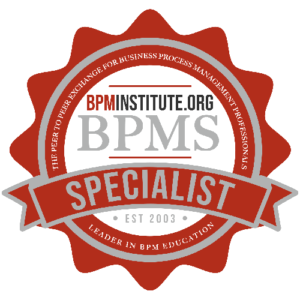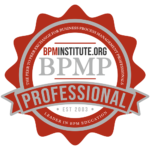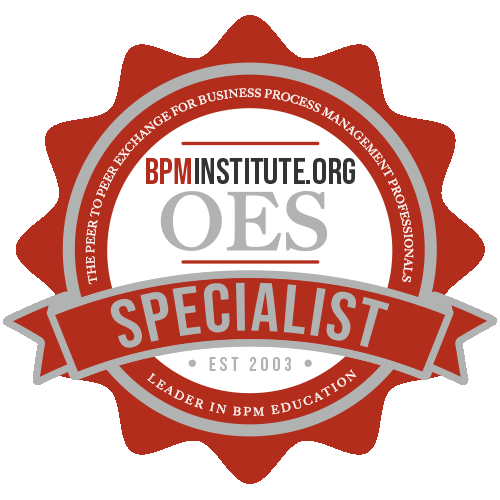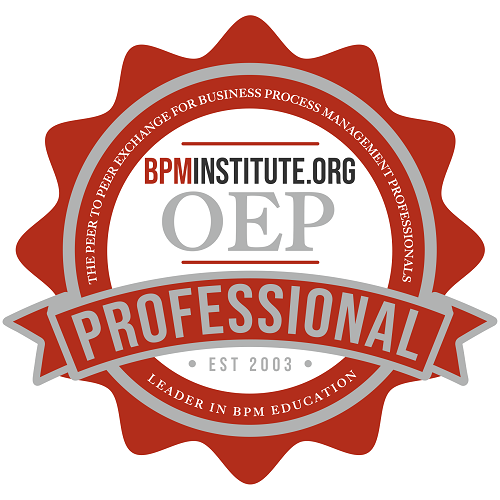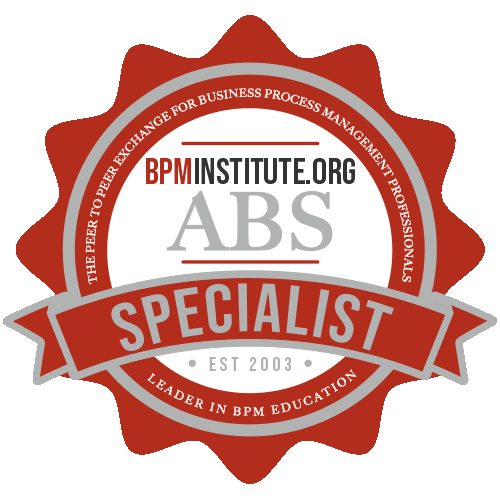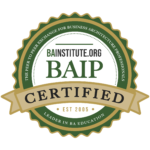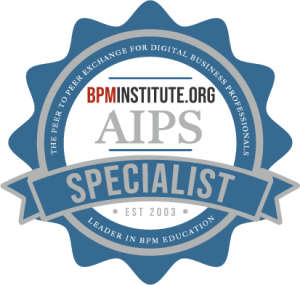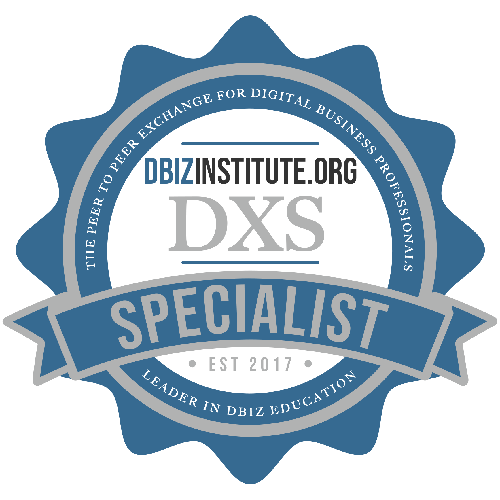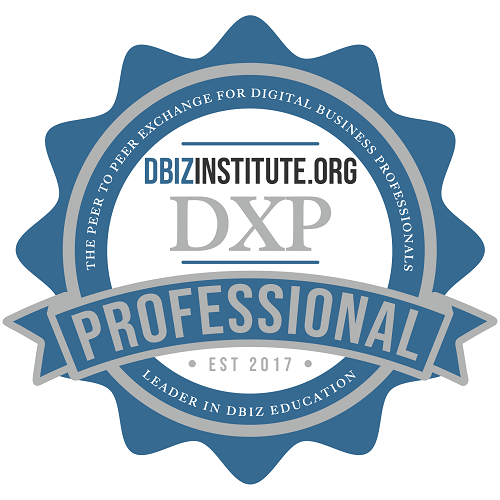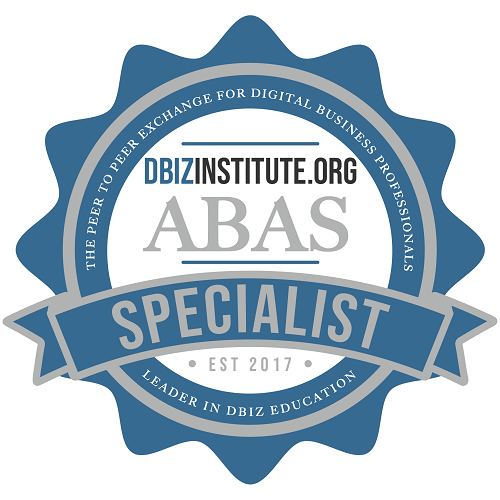“Four years after the worst electric power blackout in United States history, the nation’s electric companies can now be punished if it happens again. Reliability standards for the nation’s power system quietly got teeth Monday, marking a major shift in how the U.S. electric industry is regulated. Utilities now face fines of up $1 million a day if they fail to meet any of 83 standards intended to keep the nation’s power grid healthy. But compliance was voluntary.
CERN Leverages BPMS Tools to Become More Efficient
CERN, the European Organization for Nuclear Research and the world’s largest particle physics laboratory located in the Franco–Swiss border near Geneva is most famous for employing the inventor of the World Wide Web, Tim Berners-Lee. Coined the “Web”, the intent was to create a platform for information sharing between scientists working in different universities and institutes all over the world.
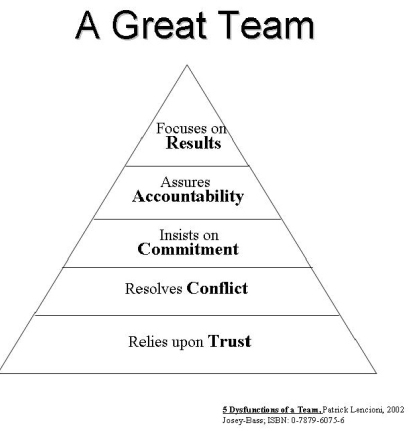
Collaborative Teams: a Work in Progress
So, you’ve read all the right books on lean, agile, and process improvement. You’ve drunk enough of the “quality” cool aid to believe that if everyone else “got it” things in your department or firm would be so much better; you can actually imagine how things could be faster, better and cheaper. If only others could see, taste and implement that same vision.

Data quality initiatives will boost your BPM project
Data quality is to the information society what quality of materials and products are to the production society. The quality of data in a business is a deciding competitive parameter, and this recognition is currently spreading among businesses throughout the world.
The technological development has generally, along with the development of ERP systems such as SAP, made it possible for businesses to produce, modify and disseminate enormous amounts of data. These data often form the basis for decision making, financial reporting and controlling liquidity, products, clients and suppliers.

RESTful Web Services Part II: Development and Testing
In my previous article, RESTful Web Services Part I, I introduced the key concepts behind REST and outlined an approach for designing RESTful web services. This article will cover implementing web services using Restlet and testing those web services using Apache JMeter.
Déjà Vu! From Project to Process Portfolio Management
The evolution of the BPM profession is leaving a strong impression of “Déjà vu”! Although less mature, the evolution of the Process Management discipline is comparable to that of the Project Management discipline.
BPM has the golden opportunity to develop more rapidly by leveraging the experience of its’ predecessor.

The Technology of Business Decision Management
In previous articles I introduced Business Decision Management (BDM), answered some of the most frequently asked questions about it and discussed operational business decisions. BDM involves the automation of operational business decisions and this leads us to the topic of this article – what technology do you need (and can you use) to implement BDM?

What Business Architecture tells you that you don’t already know
Every executive and business unit leader has a strategy, formal or informal. Every business unit and IT organization has a set of initiatives designed to achieve some objective. And every initiative was funded based on anything from a formal business case to informal common sense. Most of these initiatives are launched without the benefit of business architecture and some of these initiatives actually succeed in meeting their respective objectives.
So why does the enterprise need business architecture?

SOA and Evolution of Data into Information
This paper analyzes the differences between data and information, the importance of, and the justification for, making such a distinction and its relevance as a critical undercurrent of a successful SOA.

Improving Process Capability across the Enterprise with Enterprise SPICE
Suppose you want/need to improve performance across your enterprise. As you pursue organizational excellence, there are many improvement models, standards, and approaches available. Each might help with part of the business, or address selected compliance requirements, but using several separately can be expensive, confusing, and ineffective. How can an enterprise reap the benefits of the knowledge in a bewildering variety of standards and models? How can this be done efficiently and effectively?
